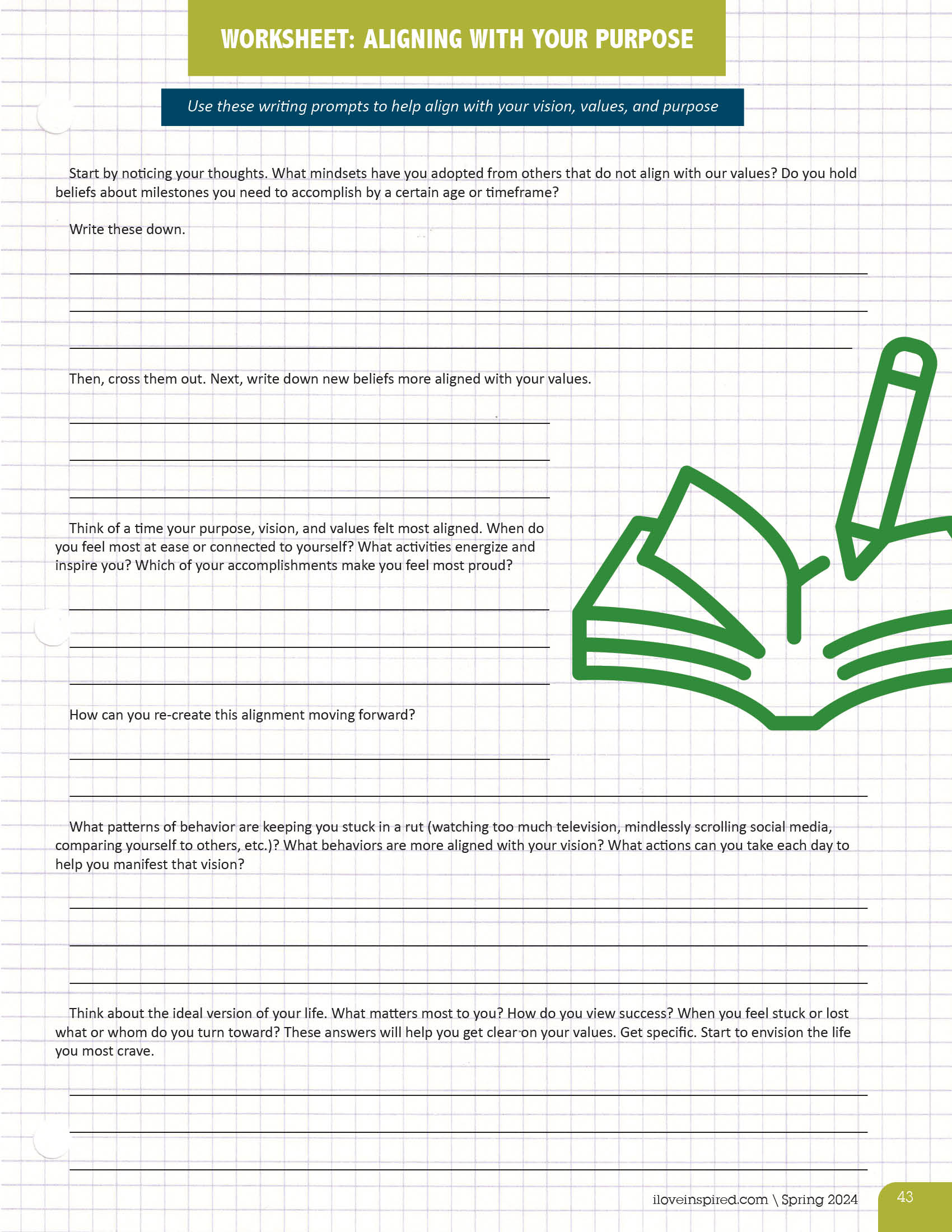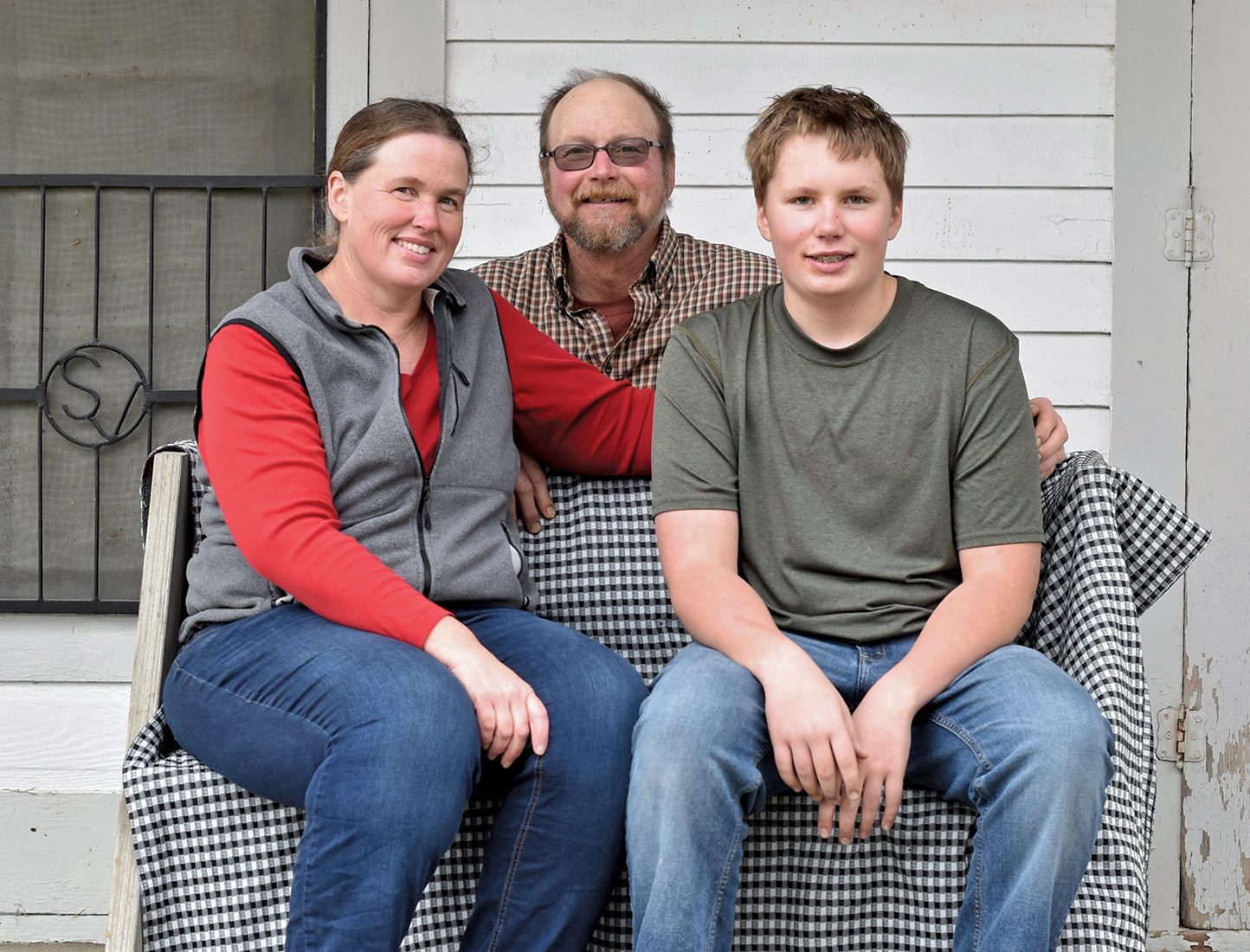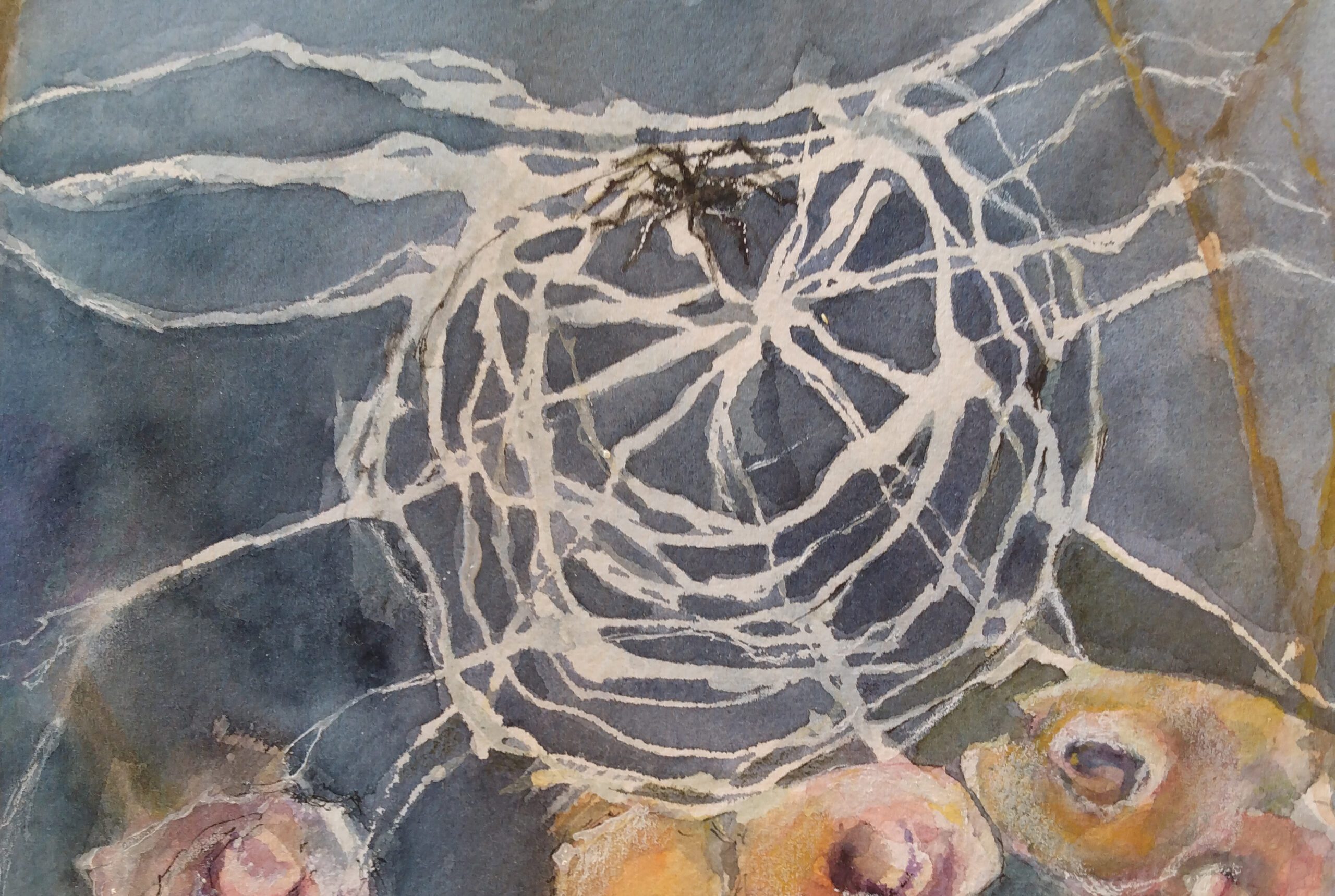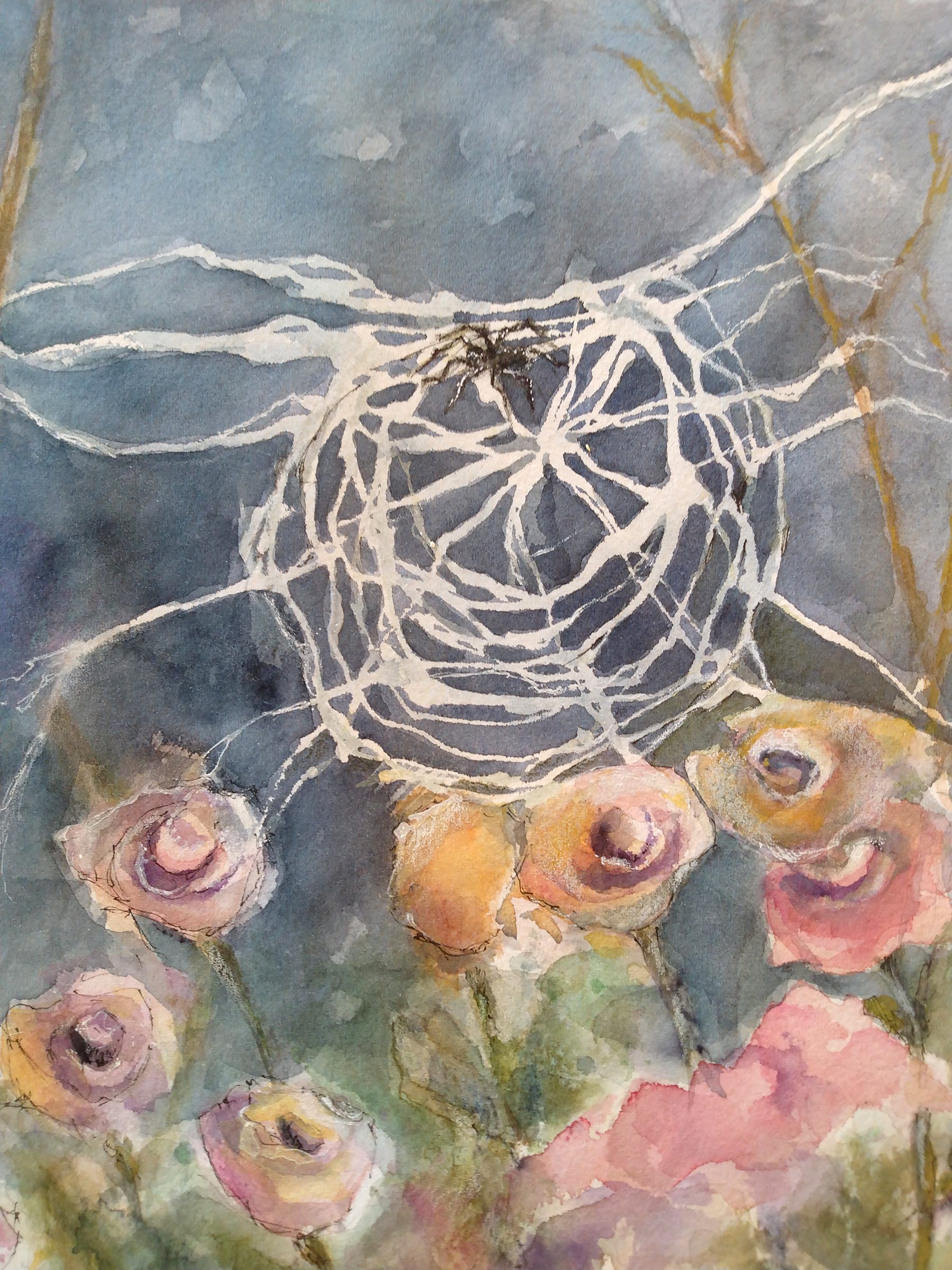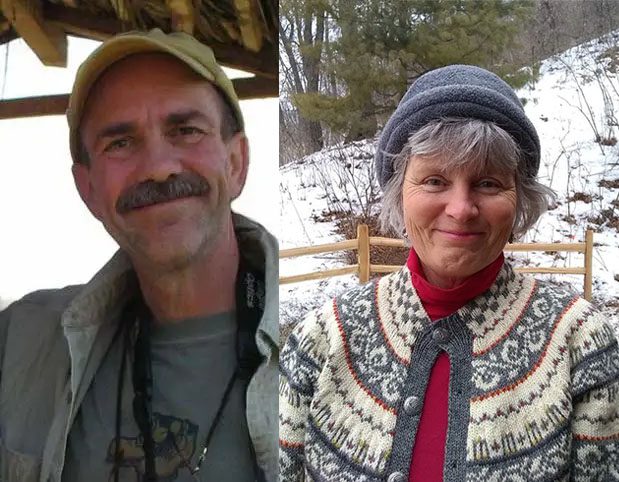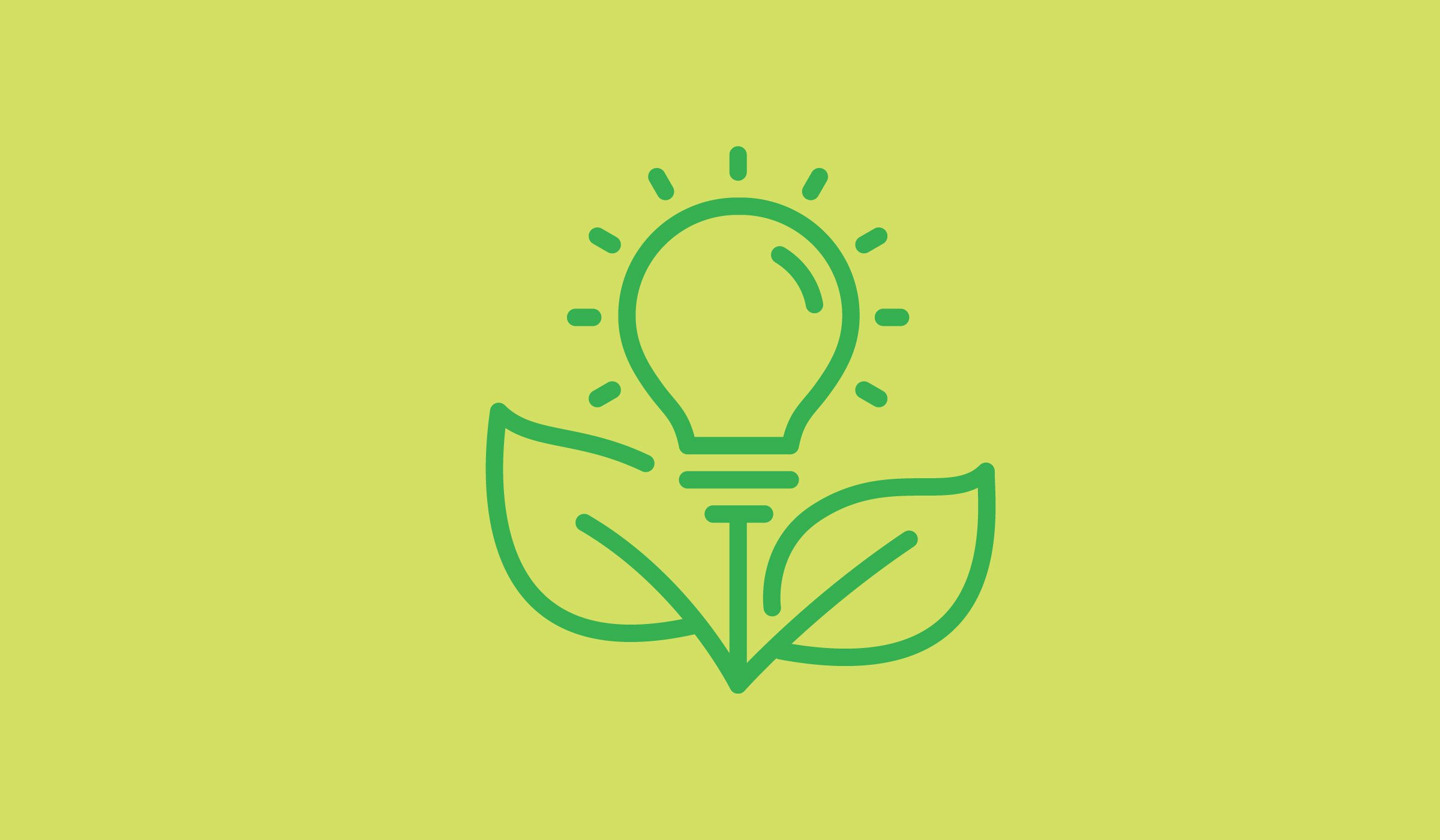
Nature and community come alive in the spring. There is so much beauty in bloom, the palpable buzz of growth can create an infectious energy of abundance.
Yet, just like no two flowers bloom the same, your growth will not look like that of another. Comparison will only stall your progress. It’s important to remain centered.
To do this, we need to settle into a place of self-awareness, identifying the unique sources of nourishment that allow us to feel most radiant. Then, we can develop a life aligned with those sources. Let this season of your life become less about blooming and more about growing.
The Danger of Comparison and Competition
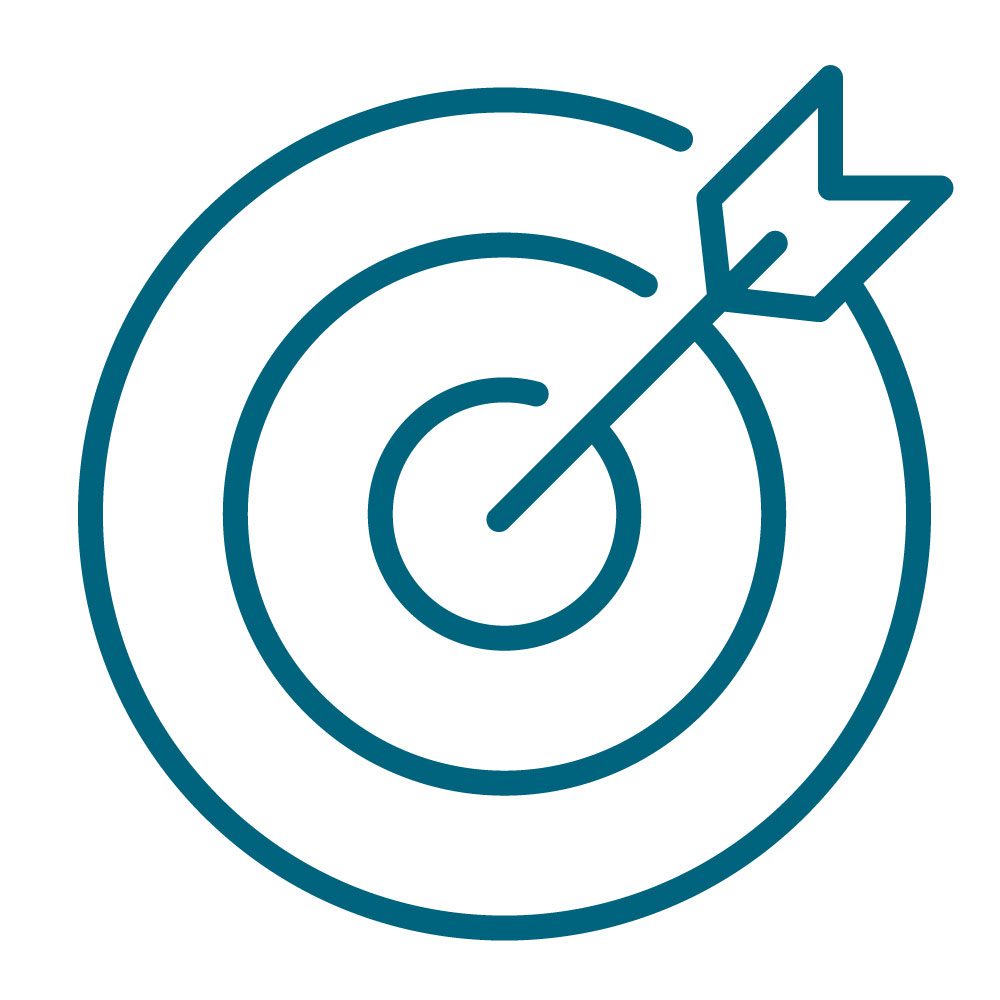
Life doesn’t come with a roadmap, and it’s easy to get lost on the ever-changing path to what we call “success.” Finances, relationships, work, responsibilities – it can feel impossible to manage it all.
From this perspective, it’s easy to feel like a failure. We look around and think everyone else has figured it out, and falsely believe they’re managing it all with ease. This is the danger of competition and comparison.
Comparison requires that we are better or worse off than someone else. When we view others from this vantage point a natural competition emerges. We need the best job, salary, family, car, house. . . whatever it is, we need it to win. And in highlighting only our successes, we struggle to express our vulnerabilities. This mentality harms everyone involved and prevents us from truly knowing and being known by others.
Zoom out for a moment. Tap into the humanity of it all. Look at the role every person plays. In this way, we can start to see the importance of each individual in the collective. We can view our own success within the context of our community, state, nation, and even world. Each of our contributions matter. We all make an impact, period. We are a piece of the larger whole.
Aim for Contentment
Discontentment thrives off the process of comparison and competition. It’s driven by a feeling of never being good enough. It tells us that to be happy we need to achieve, a belief that only leads to deeper discontent.
Contentment does not come from success. It stems from a practice of gratitude and a feeling of having enough. When all our basic needs are met, we can find contentment in the present moment.
It is easy to find contentment when we are living in alignment with our purpose. We do this when we strike that delicate balance between living in the present while holding a vision of our future. Our enjoyment comes from the process, not the outcome.

Visioning a Purpose
To escape the trap of comparison and competition we need to get clear on our purpose.
Your purpose will call to you like a beacon. Each time you get close you will feel it – in the joy it brings, the warmth it spreads, the impact it makes, or the passion it inspires within you. No one else gets to decide what that is. It might not even be the thing you are best at. Perhaps, it is something you’ve felt a yearning to cultivate. Maybe it’s something you have not even discovered yet. No matter what it is, it is impossible to miss.
To start aligning with your purpose (even if you’re still finding exactly what that means to you) you need two things: vision and values.
Your vision is an image of your life that inspires you. What lifestyle would allow you to feel the most secure, free, happy, or alive? It’s greater than a goal or acquisitions, and can be both aspirational and realistic, including things you have experienced and things you are working toward. Turn to this vision when you feel hopeless or uninspired.
Your values will guide you like a compass. When you are feeling lost in life, they will provide direction. Just like your purpose, only you can decide what matters most. It could be family, love, responsibility, freedom, leadership, security, or something entirely different. You decide.
Your values can act as an antidote to comparison and competition. When people unintentionally (or intentionally) push their values on you or you find yourself feeling the itch of competition, re-center by reminding yourself what is most important to you. Move forward, holding steady to your own values and vision of success.
Hone in on Your Habits
When we start to get clear on what truly matters most to us in life, we need to allow other things to fall away. We all accumulate mindsets, responsibilities, and habits that distract us from our true purpose. These things can stick with us unconsciously, and if we want to make room for things that are more aligned, we need to learn to clear them away.
Of course, we all have some responsibilities we do not enjoy. But not everything we do should feel like a chore. Find a way to derive pleasure and meaning from your responsibilities whenever possible. See the worksheet following this article for ways to align your life with your visions, values, and purpose. And remember, change takes time. Little by little we can realign mindsets, habits, and responsibilities.
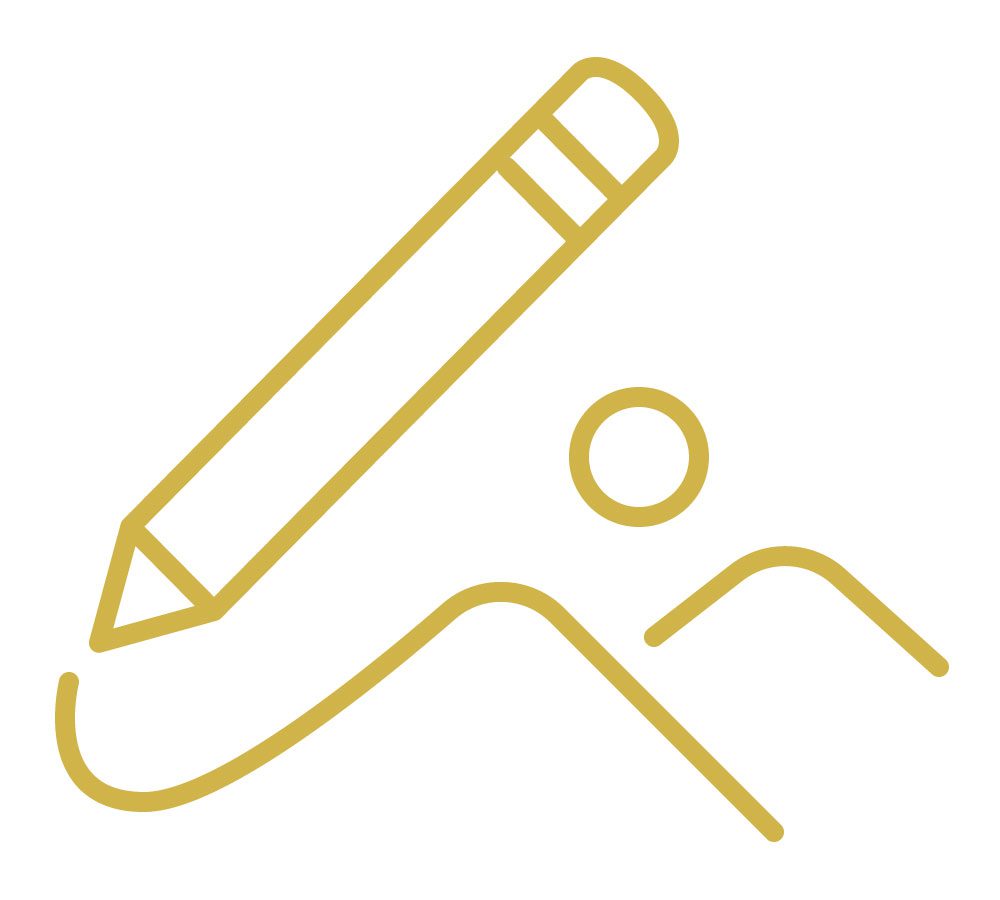
Bloom in Your Own Time
Contentment requires an acceptance that we will not always be at our peak. Instead, we might think of life like a cycle. Consider the flower. It begins buried as it germinates. This is when we start to develop our vision. Then, the seed begins to sprout. Yet, that growth remains hidden beneath the surface. Consider that much of your growth in life will remain hidden at first. However, if we are patient some (but not all) of that growth begins to surface.
As our growth becomes visible, our roots grow stronger. You might think of your values, vision, and purpose like those strong roots.
Just like the flower, we will bloom. We will have periods of outward growth that others will marvel at. It’s important to appreciate moments of being in full bloom while remaining connected to our deep roots (values, vision, and purpose).
Then, there is a natural cycle of death and rebirth. We will accomplish some goals, revisit others, and cut some out completely. This is part of the process. It allows us to reflect, redirect, and begin again. Your growth is perennial.
Accept Where You Are
You are exactly who and where you are meant to be. You don’t need to be moving at any other pace. Your timing is exactly right.
Believing in some pre-destined goal or milestone is just another comparison trap. No matter where you are, you have achieved many goals and learned valuable life lessons. You get to take those things with you, and they will propel you on your journey. Those things you are less proud of? You can choose to leave them in the past, but honor that they made you into the person you are today.
We all make mistakes but that does not mean we need to live with regret. Every day is an opportunity for greater growth. Self-acceptance allows you to take what you’ve gained and leave the rest.
If you struggle to practice self-acceptance a therapist can help. They can also help to identify unconscious mindsets, habits, or patterns that hold you back in life, and help as you explore your values, vision, and purpose.
No matter who you are or what you have done, your time to bloom will come. There is always greater growth than what appears on the surface. Perhaps your roots are just buried deep. Nourish them.
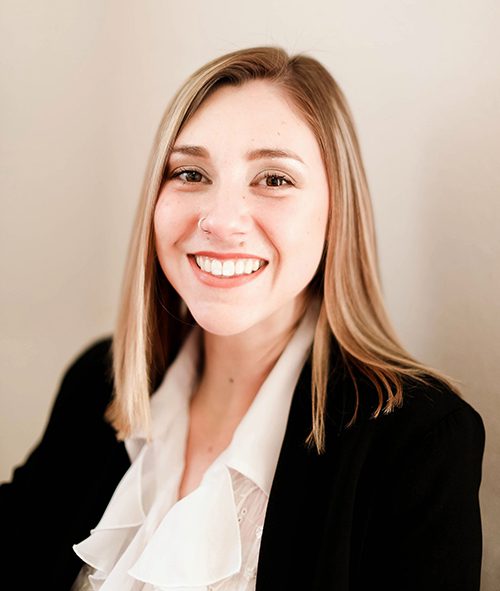
Olivia Lynn Schnur
